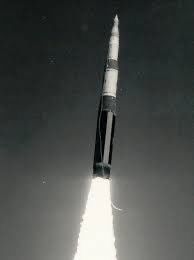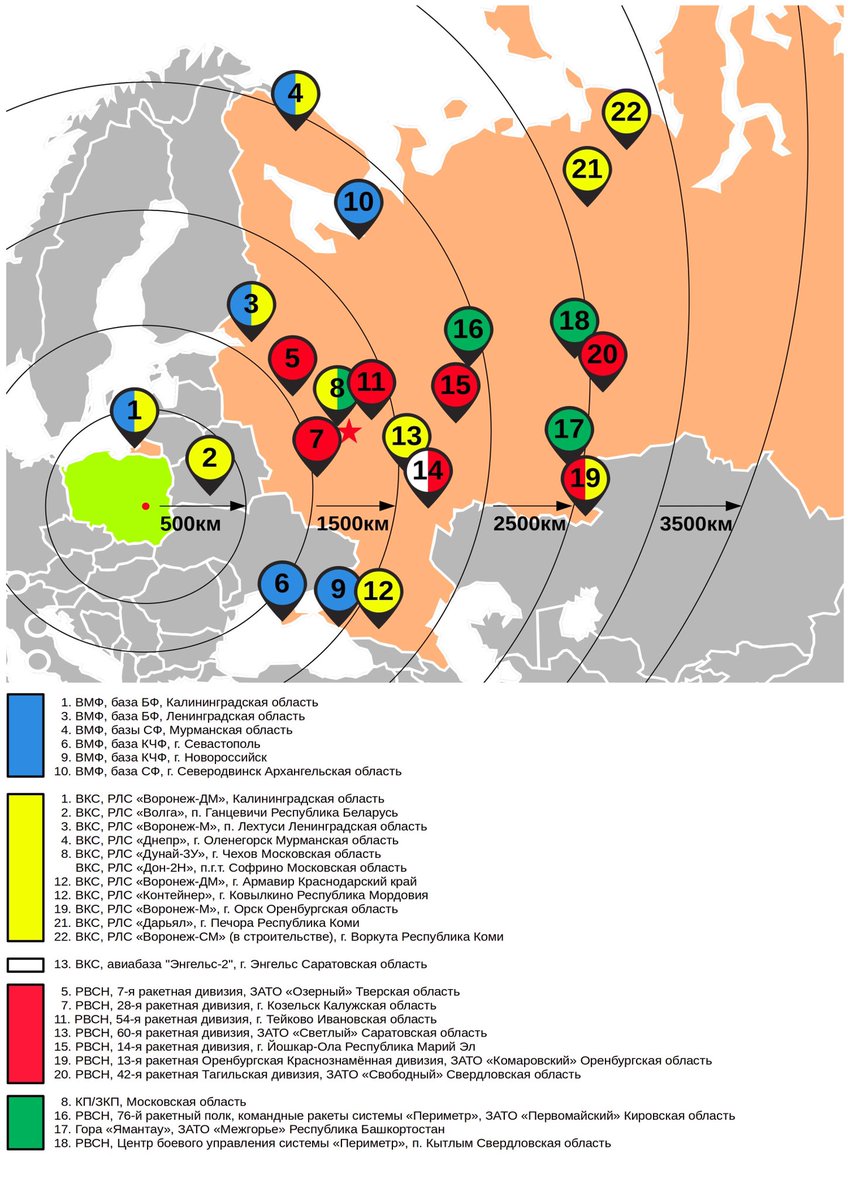How to get URL link on X (Twitter) App

 This lead to a parallel strategy of dispersal, creating a cloud of smaller re-location sites around Moscow.
This lead to a parallel strategy of dispersal, creating a cloud of smaller re-location sites around Moscow.





 While I may be missing something (I am no IMINT expert) and while FT may have other more conclusive imagery it seems to me that there are only shallow excavated areas present.
While I may be missing something (I am no IMINT expert) and while FT may have other more conclusive imagery it seems to me that there are only shallow excavated areas present.

 The primary BM EW radar network is based on Voronezh-M/VP, Voronezh-DM series radar and a rented Volga radar in Belarus.
The primary BM EW radar network is based on Voronezh-M/VP, Voronezh-DM series radar and a rented Volga radar in Belarus.



 Available imagery of the PBV debris appears to indicate that it has a small (1-1,5m) diameter, with the adjacent stage also likely sharing it.
Available imagery of the PBV debris appears to indicate that it has a small (1-1,5m) diameter, with the adjacent stage also likely sharing it.

 While it likely is mostly related to more immediate needs of the ongoing armed conflict with Ukraine, with the heightened demand of SAM rounds, Iskander-M and Kinzhal BMs, MLR rounds and other such munitions, there may be other drivers.
While it likely is mostly related to more immediate needs of the ongoing armed conflict with Ukraine, with the heightened demand of SAM rounds, Iskander-M and Kinzhal BMs, MLR rounds and other such munitions, there may be other drivers.


 Early ICBM launchers were soft affairs, both due to the novelty of the weapons and difficulty of hitting targets deep in the enemy rear promptly.
Early ICBM launchers were soft affairs, both due to the novelty of the weapons and difficulty of hitting targets deep in the enemy rear promptly.


 First of all some background
First of all some background


 However Topol development had issues and delays, leading to staggered deployment:
However Topol development had issues and delays, leading to staggered deployment:
 Let’s focus on the SMFs, the premier Russian leg of the triad.
Let’s focus on the SMFs, the premier Russian leg of the triad.
 At the moment the trend appears to be to deploy long range PGMs, capable of holding at risk targets deep into Russia, leadership, military (including SNFs), value (critical infrastructure).
At the moment the trend appears to be to deploy long range PGMs, capable of holding at risk targets deep into Russia, leadership, military (including SNFs), value (critical infrastructure).

https://twitter.com/FRHoffmann1/status/1793986215449940211Nor is there a C3 link presently between the EWS and the actual shooters - ie S-400 units.



 One of such channels was set up on the same sats used by the SMFs, to allow such VIP comms when they are away from normal command posts and such.
One of such channels was set up on the same sats used by the SMFs, to allow such VIP comms when they are away from normal command posts and such. 



 The first generation of Soviet ICBMs (ie R-9, R-16, etc) had many problems, mainly:
The first generation of Soviet ICBMs (ie R-9, R-16, etc) had many problems, mainly:


 First - the shooters.
First - the shooters.

 Both countries had a troublesome first generation of ICBMs - they had poor response times, could not maintain long term alert, were not survivable to the enemy attack.
Both countries had a troublesome first generation of ICBMs - they had poor response times, could not maintain long term alert, were not survivable to the enemy attack.



 The less obvious is the ambiguity in their final target. While CMs have already presented that challenge in the past, the combination with the very short flight times is unique
The less obvious is the ambiguity in their final target. While CMs have already presented that challenge in the past, the combination with the very short flight times is unique



 First - the EW.
First - the EW.






 Both have the primary tract that uses a routed data exchange network to deliver orders, commands, reports as formalised messages.
Both have the primary tract that uses a routed data exchange network to deliver orders, commands, reports as formalised messages.

